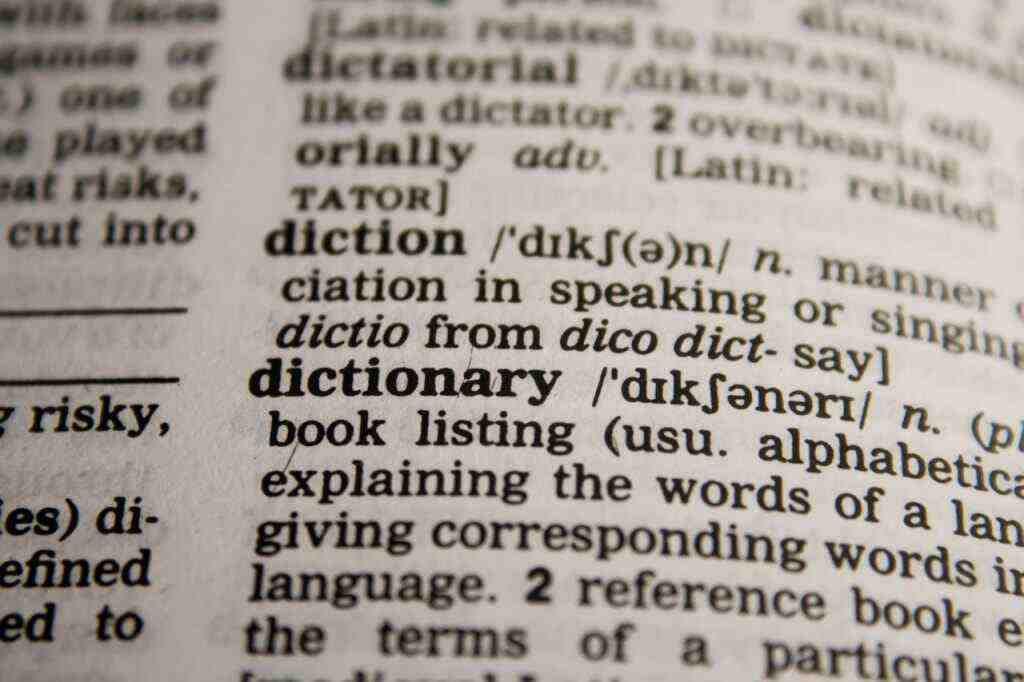The Transformative Power of AI in Online Video Translation: A Comprehensive Overview
Introduction: The Rise of Online Video Content and the Need for Efficient Translation
In the ever-evolving digital landscape, online video content has emerged as a dominant force, captivating audiences worldwide and reshaping the way we communicate, learn, and entertain ourselves. This surge in video consumption has fueled the demand for efficient and seamless translation solutions, enabling content creators and distributors to transcend language barriers and reach a global audience. In response to this growing need, advancements in artificial intelligence (AI) and machine learning technology have revolutionized the field of online video translation, introducing a new era of automation, accuracy, and accessibility.
The Evolution of Online Video Translation: From Manual Processes to AI-Driven Solutions
Traditionally, video translation was a laborious and time-consuming process, involving manual transcription, translation, and synchronization. This approach required a team of linguists, editors, and technical experts, resulting in high costs, lengthy turnaround times, and a higher risk of errors. However, the advent of AI and machine learning has transformed this landscape, introducing sophisticated algorithms and tools that automate various aspects of the translation process, leading to faster, more accurate, and cost-effective solutions.
AI and Machine Learning: The Driving Forces Behind Video Translation Innovation
At the heart of the online video translation revolution lies the power of AI and machine learning. These technologies empower translation systems with the ability to:
Automatic Speech Recognition (ASR):
ASR technology enables the accurate transcription of speech from video content, converting spoken words into written text. This transcription serves as the foundation for subsequent translation processes.
Neural Machine Translation (NMT):
NMT represents a breakthrough in machine translation, utilizing deep learning algorithms to analyze vast amounts of multilingual data. This approach captures the context and nuances of language, producing translations that are more natural, fluent, and accurate.
Context-Aware Translation:
AI-powered video translation systems can analyze the context of the video, including visual cues, speaker emotions, and cultural references, to deliver translations that are culturally appropriate and resonate with the target audience.
Real-Time Translation Services: Breaking Down Language Barriers in Live Content
Real-time translation services have emerged as a game-changer in the world of online video translation, enabling seamless communication and engagement across language barriers. These services leverage advanced AI models and real-time speech recognition technology to provide instant translations of spoken content, empowering individuals and businesses to participate in multilingual video conferences, webinars, live events, and online education sessions. This technology has revolutionized global collaboration and knowledge sharing, breaking down linguistic barriers and fostering a more inclusive digital environment.
ASR Transcription: Automating the Transcription Process for Faster and More Accurate Results
ASR technology has revolutionized the transcription process, automating the conversion of spoken words into written text with remarkable accuracy. This technology eliminates the need for manual transcription, significantly reducing the time and effort required to prepare video content for translation. ASR systems are continuously improving, leveraging deep learning algorithms to enhance their accuracy and handle various accents, dialects, and background noise.
NMT Advancements: Unleashing the Power of Deep Learning for Natural and Accurate Translations
NMT has emerged as a dominant force in the field of machine translation, demonstrating exceptional capabilities in capturing the context and nuances of language. By analyzing vast amounts of multilingual data, NMT models learn the intricacies of different languages, producing translations that are natural, fluent, and accurate. This technology has significantly improved the quality of video translations, enabling content creators to deliver engaging and meaningful content to a global audience.
Customization Based on Context: Tailoring Translations to Specific Audiences and Industries
AI-powered video translation systems can analyze the context of the video, including the industry, target audience, and cultural references, to deliver translations that are tailored to specific needs and preferences. This context-aware approach ensures that the translated content resonates with the target audience, effectively conveying the intended message and maintaining the integrity of the original content.
Future Trends and Developments: The Continued Evolution of Video Translation Technology
The future of online video translation holds exciting possibilities as AI and machine learning technology continue to advance. Emerging trends include:
Real-Time Translation for Live Content:
With the growing popularity of live streaming and online events, the demand for real-time translation services is expected to surge. AI-powered systems will enable seamless translation of live video content, facilitating global communication and engagement in real-time.
Increased Adoption by Businesses and Organizations:
As businesses expand their global presence and target international markets, the adoption of video translation services is expected to increase significantly. Video localization will become a key strategy for reaching a broader audience and effectively communicating with customers and partners worldwide.
Accessibility for Individuals with Disabilities:
There will be a growing focus on making video translations more inclusive for individuals with disabilities. Technologies such as automatic captioning and audio description will play a crucial role in ensuring that video content is accessible to all viewers, regardless of their abilities.
Conclusion: AI-Driven Video Translation Transforming Global Communication and Entertainment
The integration of AI and machine learning technology has revolutionized online video translation, empowering content creators, businesses, and individuals to transcend language barriers and reach a global audience. Real-time translation services, ASR transcription, NMT advancements, and context-aware customization have significantly enhanced the speed, accuracy, and accessibility of video translations. As these technologies continue to evolve, the future of video translation promises even greater levels of automation, accuracy, and inclusivity, further breaking down linguistic barriers and fostering a more connected and globally engaged digital world.
